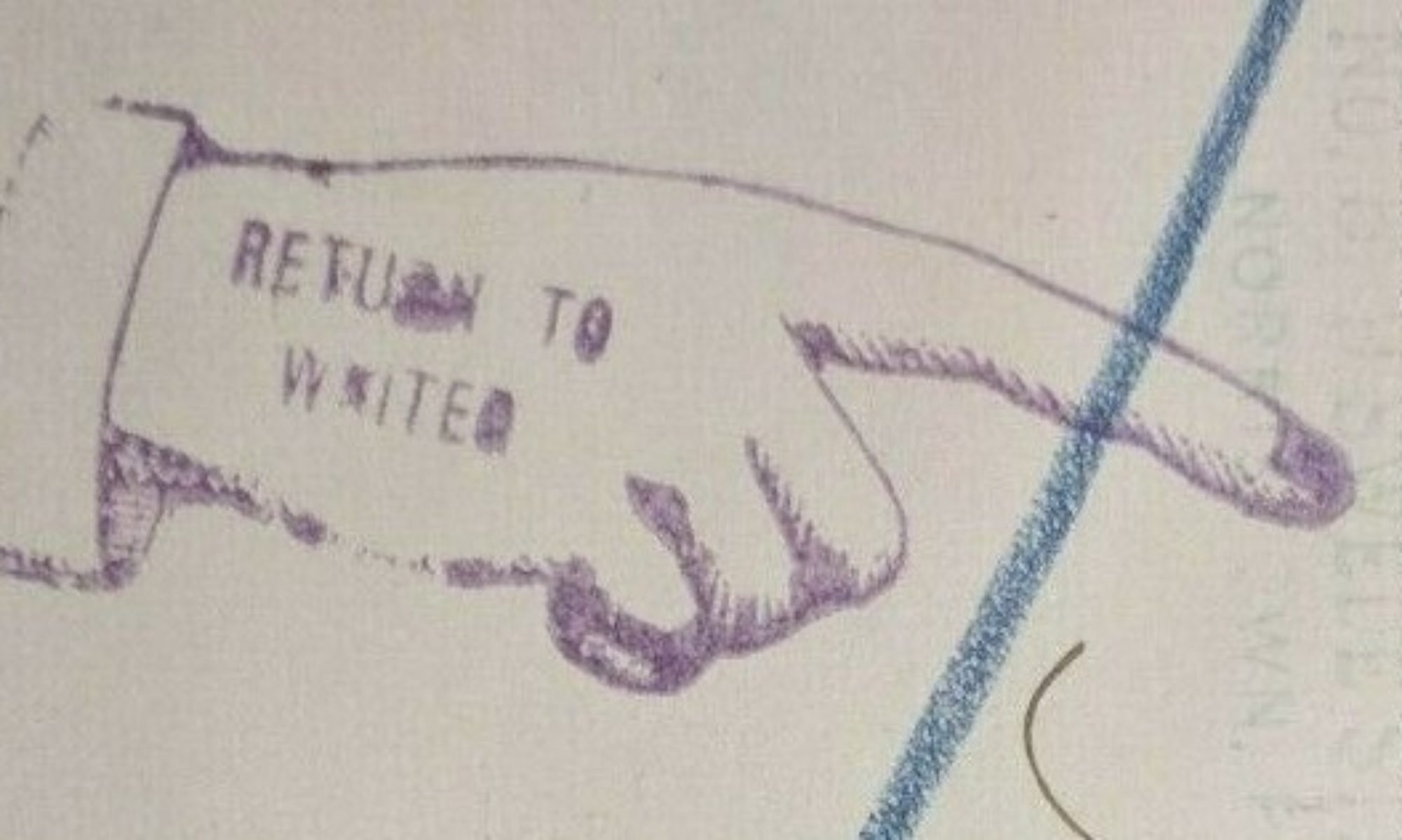
The British Antarctic Territory (BAT) is a sector of Antarctica claimed by the United Kingdom as one of its 14 British Overseas Territories, of which it is by far the largest by area. It comprises the region south of 60°S latitude and between longitudes 20°W and 80°W, forming a wedge shape that extends to the South Pole, overlapping the Antarctic claims of Argentina(Argentine Antarctica) and Chile (Chilean Antarctic Territory).
The Territory was formed on 3 March 1962, although the UK’s claim to this portion of the Antarctic dates back to letters patent of 1908 and 1917. The area now covered by the Territory includes three regions which, before 1962, were administered by the British as separate dependencies of the Falkland Islands: Graham Land, the South Orkney Islands, and the South Shetland Islands. The United Kingdom’s claim to the region has been suspended since the Antarctic Treaty came into force in 1961, Article 4 of which states “No acts or activities taking place while the present Treaty is in force shall constitute a basis for asserting, supporting or denying a claim to territorial sovereignty in Antarctica. No new claim, or enlargement of an existing claim, to territorial sovereignty, shall be asserted while the present Treaty is in force.” Most countries do not recognize territorial claims in Antarctica. The United Kingdom has ratified the treaty.
In 2012, the southern part of the territory was named Queen Elizabeth Land in honor of Queen Elizabeth II. The territory is inhabited by the staff of research and support stations operated and maintained by the British Antarctic Survey and other organizations, and stations of Argentina, Chile, and other countries. There are no native inhabitants.
addresses
N. Guem
Port Lockroy
Goudier Island
BIQQ 1ZZ
British Antarctic Territory
N. Guem
UKAHT – Port Lockroy
c/o Stanley Post Office
Stanley
Falkland Islands
F1QQ 1ZZ
South Atlantic Ocean
Addressing mail to BAT is problematic. As mentioned on the British Overseas Territories page, BAT is without robust postal facilities – they handle mostly outbound mail although they do hold inbound mail delivered “post restante” for cruise ship travelers. The danger is the incorrectly addressed letter may remain in the post restante pile; to prevent this, mailers suggest placing “for General Delivery” next to the addressee and “RETURN TO SENDER IF NOT PICKED UP BY <date>. “
The format of the second address above adheres to suggestions made by British Antarctic Survey, since this organization is the mail handler for the territory. Since the postmaster for BAT is in Stanley, Falkland Islands, mail processed through the Falkland Islands invariably have “South Atlantic Ocean” on the country line – this is not UPU standard, nor is it in the USPS list of countries – it may be specific to the Royal Mail system.
where?
Goudier Island (64°50′S 63°30′WCoordinates: 64°50′S 63°30′W) is a small island with an appearance of bare, polished rock, lying 0.05 nautical miles (0.1 km) north of Jougla Point in the harbor of Port Lockroy, Wiencke Island, in the Palmer Archipelago. It was discovered by the French Antarctic Expedition, 1903–05, under Jean-Baptiste Charcot, and named after E. Goudier, chief engineer of the expedition ship Français.
Operation Tabarin established a research base, station A, on the island in 1944. Research continued until 1962 when operations were transferred to Station F (Faraday station) on the Argentine Islands. It was restored in 1996 and is now one of the most popular tourist attractions in Antarctica.
Port Lockroy is the home of the “Penguin Post Office.” It is one of two post offices in British Antarctica, the other is Rothera. Mail is brought to the station by British Antarctic Survey vessels from Stanley in the Falkland Islands, and for outgoing mail:
Once the bagged mail reaches the Falklands, the Stanley Post Office puts it on the weekly Royal Air Force plane to the UK, where it finally enters the regular postal service.
Sarah Auffret, “Postcard from the Penguin Post Office” in Swoop, Issue 24.
Mail is processed from November through February; after this period, mail “winters over.”
